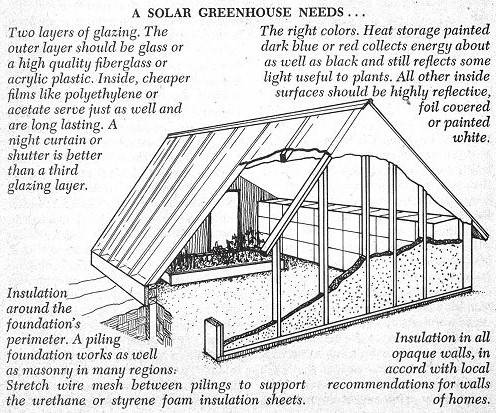Snow load of a greenhouse is based on expected ground accumulation greenhouse roof slope whether the structure is a gutter connect or free standing greenhouse and if the greenhouse is heated or unheated during the time of snowfall.
Greenhouse roof angle snow.
Related to the roof slope is the freeboard the space between the lowest point of the roof and the ground.
This will shed snow under most conditions but with twin wall coverings it is not always the case.
I m not sure what the optimum for greenhouses is although following your stated numbers of 44 degrees latitude with the 20 plus or minus values gives you 64 degrees for winter and 24 degrees for summer.
The standard pitch for a greenhouse roof is 6 by 12.
To find the best angle for a greenhouse roof take your latitude and add 20 degrees.
If you can afford to make this the snow will come off faster and not build up on it to cause collapse.
Because the greenhouse is warmer than the outside air a layer of snowmelt often forms between polycarbonate glazing and snow helping the roof to shed any snow of significant weight.
12 foot rise for 12 foot run.
While the logic behind this rule is sound it is a dramatic oversimplification that can lead to costly and unnecessary decisions to build very steeply angled roofs.
If you design your internal structure according to local codes however you will not have any difficulties.
Specialization is for insects.
Wet snows can weigh four times as much as dry snows causing a considerable amount of weight baring down upon every square foot of greenhouse roof surface.
The more shallow the angle the more snow it will hold.
Same approximate angles as your 90 degree calculation model.









